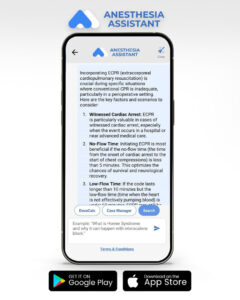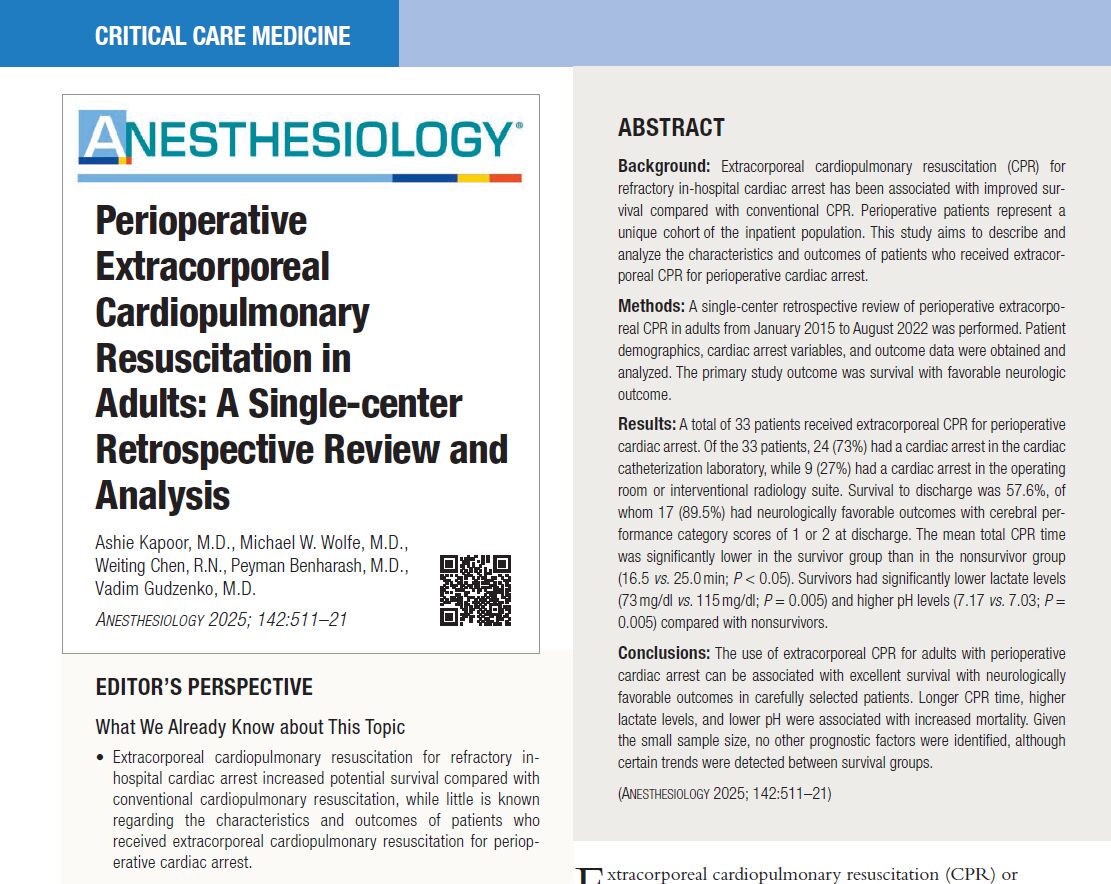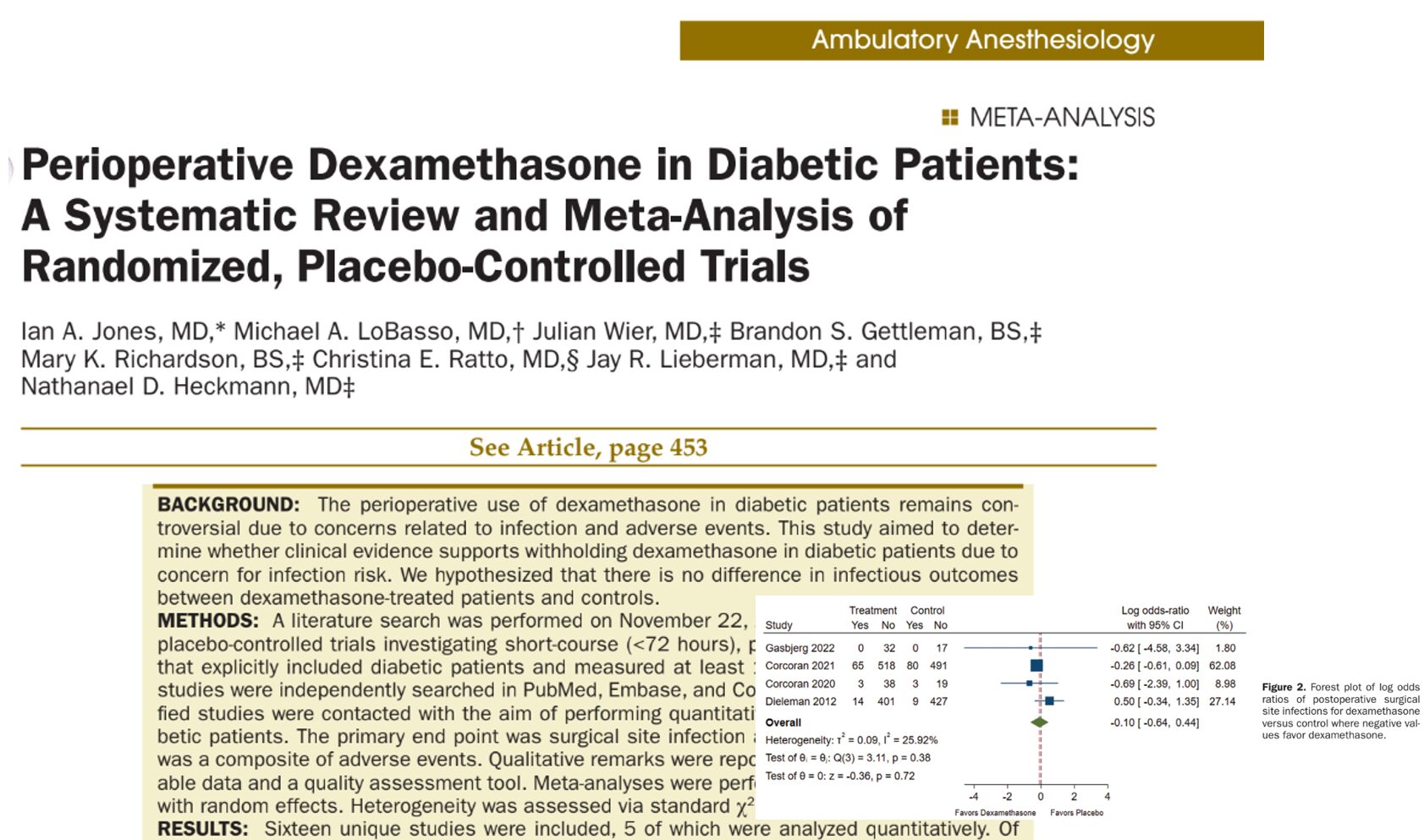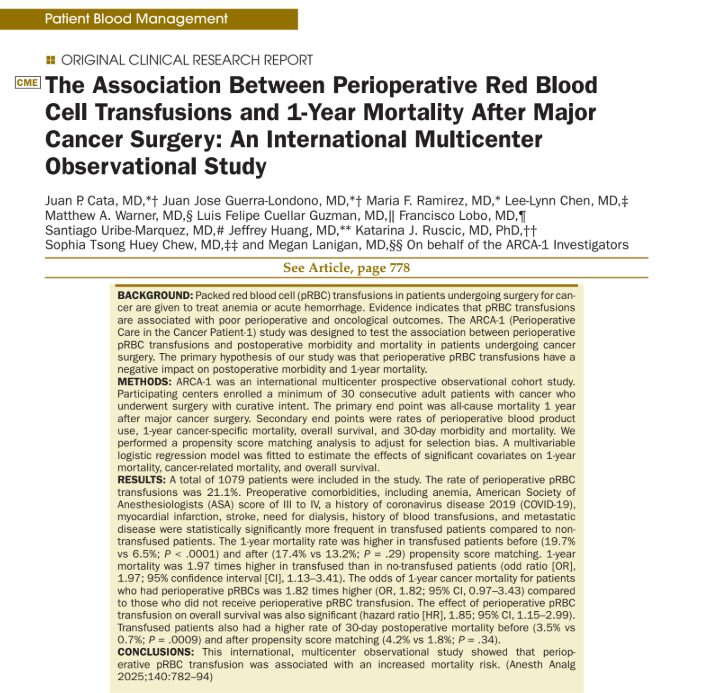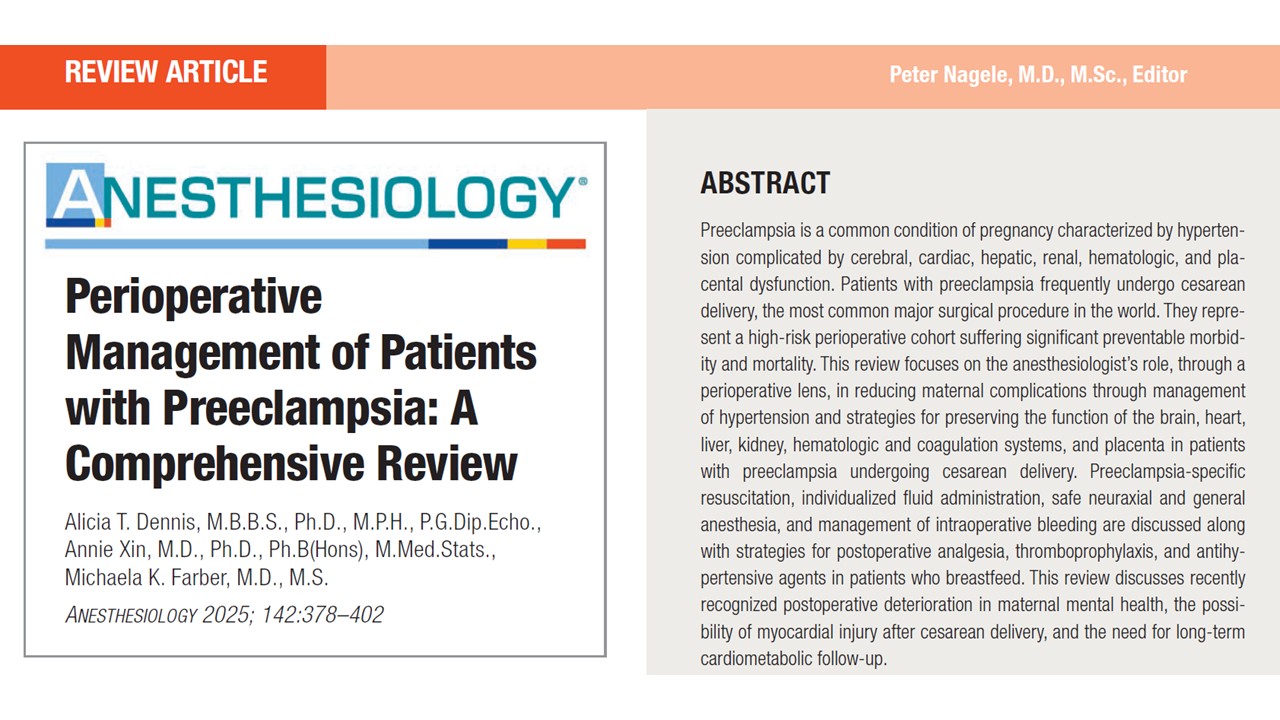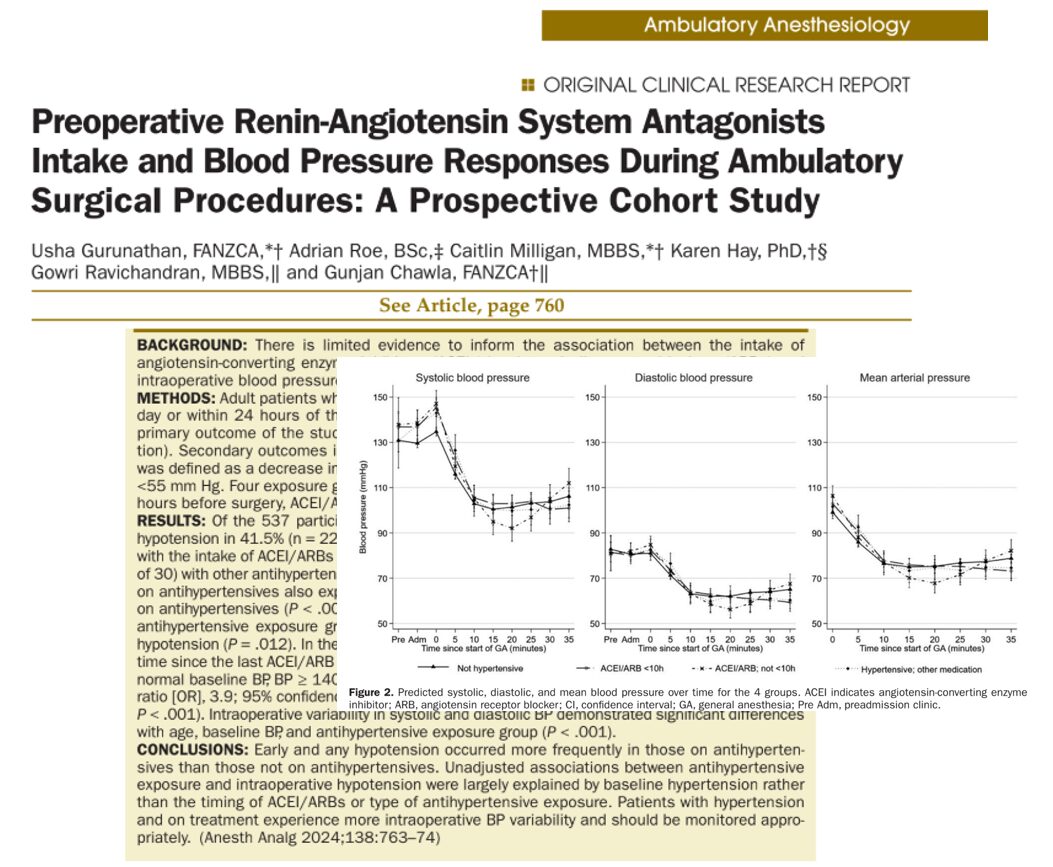Introduction
Extracorporeal cardiopulmonary resuscitation (ECPR) has emerged as a promising intervention for refractory cardiac arrest, particularly in perioperative settings. A recent retrospective study conducted at a high-volume extracorporeal membrane oxygenation (ECMO) center sheds light on the outcomes and effectiveness of perioperative ECPR. The findings highlight an impressive survival rate with favorable neurological outcomes, suggesting that early intervention with ECMO could be a game-changer in surgical and procedural settings.
Key findings from the study
A single-center retrospective review analyzed 33 adult patients who received extracorporeal CPR for perioperative cardiac arrest between January 2015 and August 2022. The study revealed:
- Survival to discharge: 57.6% of patients survived, a rate significantly higher than traditional CPR outcomes.
- Neurological outcomes: 89.5% of survivors had favorable neurological function (Cerebral Performance Category 1 or 2).
- Location trends: 73% of cases occurred in the cardiac catheterization laboratory, with the remaining in the operating room or interventional radiology suite.
- Impact of CPR duration: Survivors had significantly shorter CPR times (16.5 min vs. 25.0 min).
- Metabolic markers: Lower lactate levels (73 mg/dl vs. 115 mg/dl) and higher pH levels (7.17 vs. 7.03) were associated with better outcomes.
These results suggest that perioperative cardiac arrest patients may benefit from a proactive ECMO strategy, particularly in well-equipped institutions.
Understanding ECMO and perioperative ECPR
ECMO is a life-support technique that temporarily replaces the function of the heart and lungs in critically ill patients. In perioperative cardiac arrest, ECMO can provide immediate circulatory support, allowing time for recovery and treatment of the underlying cause.
When is ECMO used in perioperative cardiac arrest?
- Refractory cardiac arrest (no response to conventional CPR)
- Severe hemodynamic instability
- Pulmonary embolism or myocardial infarction leading to arrest
- Procedural complications in cardiac catheterization lab or operating room
- Young patients with reversible conditions
Despite its benefits, ECMO is resource-intensive, requiring trained staff and immediate availability of equipment. Selecting the right patients is crucial for maximizing survival benefits.
Perioperative ECPR vs. Traditional resuscitation
How does ECPR compare to conventional CPR?

The proximity to advanced monitoring and immediate interventions in the perioperative setting likely contributes to the improved outcomes of ECMO-assisted resuscitation.
Clinical implications
1. Early ECMO activation saves lives
- Perioperative teams should have predefined protocols for ECMO initiation.
- Rapid cannulation should be performed by experienced cardiac surgeons.
- ECMO notification systems improve response times.
2. Patient selection is crucial
- Not all cardiac arrest patients benefit from ECMO.
- Contraindications: Severe, irreversible multi-organ failure, advanced age, prolonged arrest without CPR.
3. Training and preparedness are key
- Hospitals with high-risk surgical cases (cardiac, vascular, transplant surgeries) should have in-house ECMO teams.
- Simulation training improves response time and coordination.
4. Laboratory markers help guide treatment
- High lactate levels and severe acidosis predict poor outcomes.
- Point-of-care testing during arrest may help decision-making.
Conclusion
Extracorporeal CPR in perioperative cardiac arrest is a life-saving intervention with high survival rates and excellent neurological outcomes. Rapid ECMO activation, shorter CPR times, and early metabolic stabilization play crucial roles in patient survival.
With the increasing adoption of ECMO in surgical and procedural settings, hospitals must focus on training, preparedness, and patient selection to optimize outcomes. While further multi-center studies are needed to refine selection criteria, the data strongly supports ECMO as an essential tool for perioperative cardiac arrest management.
Reference: Kapoor A, Wolfe MW, Chen W, Benharash P, Gudzenko V. Perioperative Extracorporeal Cardiopulmonary Resuscitation in Adults: A Single-center Retrospective Review and Analysis. Anesthesiology. 2025;142(3):511-521.
For more information on extracorporeal CPR, check out Anesthesia Updates on the NYSORA Anesthesia Assistant App.
Get access to step-by-step management algorithms, the latest research, and peer-reviewed insights—all in one place. Download the app today and experience the future of anesthesia education and decision-making.
